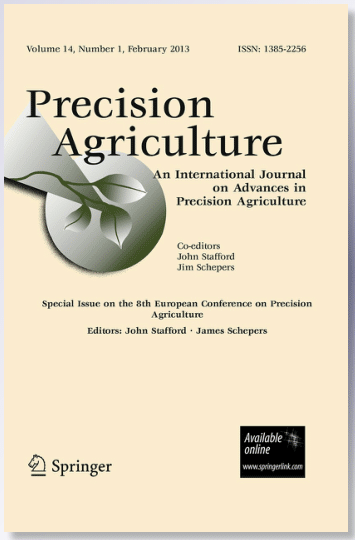Crop models can improve our understanding of crop responses to environmental conditions and farming practices. However, uncertainties in model inputs can notably impact the quality of the outputs. This study aimed at quantifying the uncertainty in soil information and analyse how it propagates through the Quantitative Evaluation of Fertility of Tropical Soils model to affect yield and fertilizer recommendation rates using Monte Carlo simulation. Additional objectives were to analyse the uncertainty contributions of the individual soil inputs to model output uncertainty and discuss strategies to communicate uncertainty to end-users. The results showed that the impact of soil input uncertainty on model output uncertainty was significant and varied spatially. Comparison of the results of a deterministic model run with the mean of the Monte Carlo simulation runs showed systematic differences in yield predictions, with Monte Carlo simulations on average predicting a yield that was 0.62 tonnes ha−1 lower than the deterministic run. Similar systematic differences were observed for fertilizer recommendations, with Monte Carlo simulations recommending up to 59, 42, and 20 kg ha−1 lower nitrogen (N), phosphorous (P), and potassium (K) fertilizer applications, respectively. Stochastic sensitivity analysis showed that pH was the main source of uncertainty for K fertilizer (81.6%) and that soil organic carbon contributed most to the uncertainty of N fertilizer application (97%). Uncertainty in P fertilizer application mostly came from uncertainty in extractable phosphorus (55%) and exchangeable potassium (20%). A threshold probability map designed using statistical predictions served as a visual aid that could enable farmers to swiftly make informed decisions about fertilizer application locations. The study highlights the importance of refining the accuracy of soil maps as well as incorporating uncertainty in input data, which improves QUEFTS model predictions and offers valuable insights into the relationship between soil information accuracy and reliable crop modeling for sustainable agricultural decisions.


